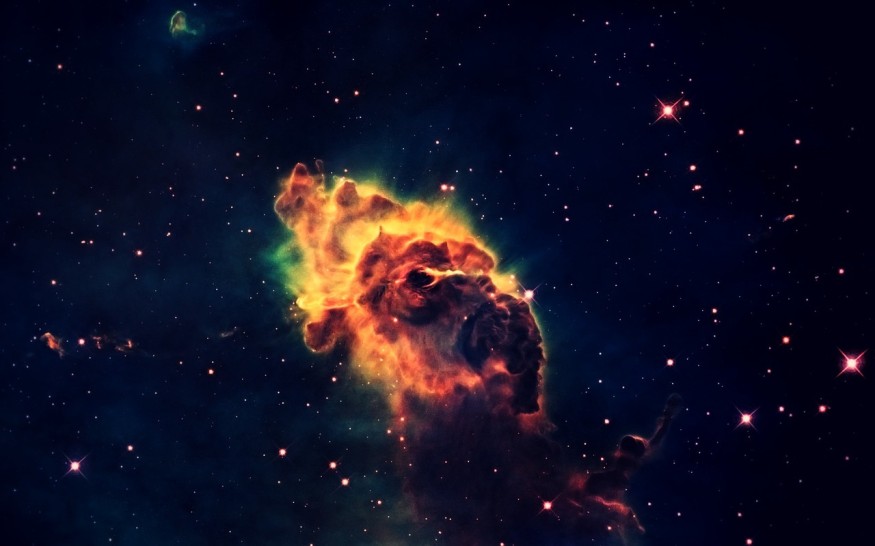
Last year, an explosion known as the Tasmanian Devil (AT2022tsd), was observed some billion light-years away. A recent analysis shows that the explosion could actually be pointing to something compact.
Tasmanian Devil Explosion
The explosion was observed flaring repeatedly. It had the strength of roughly 100 billion Suns for months after the initial flash took place.
This Tasmanian Devil explosion falls under a rare category called LFBOTs, which stands for luminous fast blue optical transients. Only a few FLBOTs have been discovered so far. The Tasmanian Devil's repeat behavior is among the most recent odd activities done by LFBOTs.
Astrophysicist Jeff Cooke from the ARC Centre of Excellence in Gravitational Wave Discovery (OzGrav) and the Swinburne University of Technology explains that such an event was never observed in the past.
The discovery of LFBOTs dates back to 2018 with an explosion that was later called the Cow. Since then, there were a few more that have been detected. All of them were found to be astronomically odd.
These LFBOTs are remarkably bright, having the brightness of over 10 supernovae. They are also remarkably hot, which explains why they have a bluish hue. They are also quite short as they dissipate in just a matter of days, unlike supernovae flares that take months or weeks to fade.
The weirdness of these LFBOTs has left astronomers baffled about their cause. At present, the best LFBOT candidate is a black hole's formation within an odd core-collapse supernova. However, each one appears to have quirks of its own.
Black Hole or Neutron Star Formation
Now, a new analysis reveals that the Tasmanian Devil may point to a black hole or neutron star's formation. The analysis, led by Cornell University's astronomer Anna Ho, covers a global team of more than 70 co-authors. The findings were included in the "Minutes-duration optical flares with supernova luminosities" study.
As part of the analysis, the researchers made use of a novel method to monitor the area where the Tasmanian Devil was first picked up. At least 14 flares were detected 120 days after the initial explosion. These flares were quite odd as they were as bright as the initial Tasmanian Devil explosion itself and lasted for just a couple of minutes.
Ho explains that rather than steadily fading, the source appeared to brighten up briefly repeatedly. Given the exotic and odd nature of LFBOTs, this event appeared to be even more odd.
The researchers note that though the exact reason for the flares remains a mystery, signs show that a compact object, such as a black hole, could be the reason.
Cooke explains that this pushes physics limits because of the massive energy production and short bursts. Because light has a finite travel speed, the time it takes for a source to burst and fade limits the source's size. This means that the energy comes from a source that is relatively small.
Nevertheless, regardless of the explanation, the Tasmanian Devil is helping astronomers delve into LFBOTs, black holes, and possible mysteries of stellar life cycles. Ho explains that the star's corpse is not just sitting there. Rather than that, it is exhibiting activities that can be detected.
Ho explains that they think the flares could be from some star corpses that are newly formed. This could give researchers an avenue to delve into the properties that come with their new formation.
Check out more news and information on Space in Science Times.
© 2025 ScienceTimes.com All rights reserved. Do not reproduce without permission. The window to the world of Science Times.












